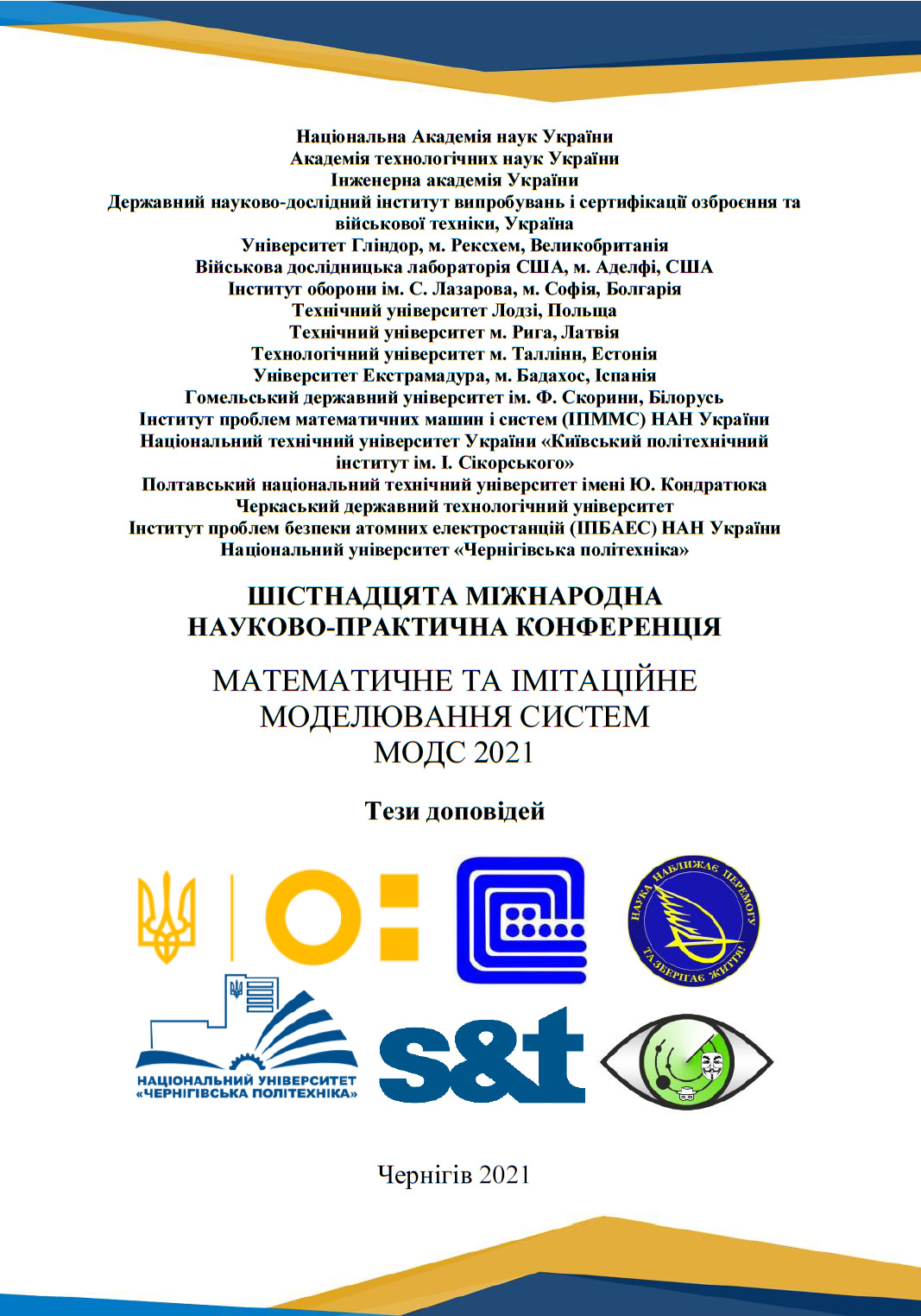|
D.V. Lande, O.O. Dmytrenko
Research of topological properties of network reflection obtained using diferent algorithms for scanning initial networks // Математичне та ╕м╕тац╕йне моделювання систем. МОДС 2021: тези допов╕дей Ш╕стнадцято╖ м╕жнародно╖ науково-практично╖ конференц╕╖ (28 червня - 01 липня 2021 р., м. Черн╕г╕в) / - Черн╕г╕в : НУ "Черн╕г╕вська пол╕техн╕ка", 2021. - pp. 10-12.

In practice, it turns out that it is impossible to cover some network in full by common methods. In such cases, special algorithms are used. Due to the past development of so-called peer-to-peer networks, algorithms such as the Breadthfirst Search (BFS) method, the Random Breadth-first Search (RBFS) method, the Intelligent Search Mechanism (ISM) method, the Depth-first Search (DFS), the Dijkstra's algorithm, the Floyd-Worshell algorithm, the Bellman-Ford algorithm, the finding connection points and bridges in a graph, etc. Using these algorithms, some researchers draw conclusions about the topology of networks, in particular co-authorship networks. But it was found that mentioned above models do not always display the real network topology. In general, the experimentally obtained characteristics of the reflections of networks depending on the characteristics of the initial networks, the scanning algorithms and the number of scanning steps are presented. Also, based on the data obtained by computational experiments, it was shown that almost all reflections of the initial networks that built using the model Barabasi-Albert and Erdos-Renyi, and also using a limited number of scanning steps and the different scanning algorithms have a power-law degree distribution. |

